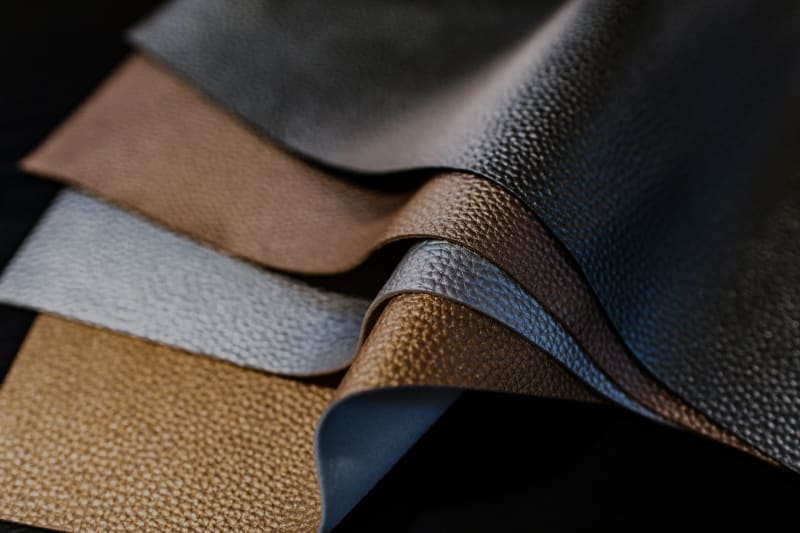Name
Name
Notes


Manufacturers of ethical apparel are moving away from conventional animal-based fabrics as conscious consumption increases. Alternatives to leather are emerging as a significant trend; eco-conscious, cruelty-free fashion brands require these options. Contemporary innovations offer enhanced durability and texture while ensuring environmental integrity.
Consider pursuing a sustainable business model, expanding your range of vegan products, or developing clothing lines for consumers who seek transparency. If this aligns with your objectives, this article discusses five of the most reliable and innovative alternative materials that you should consider.